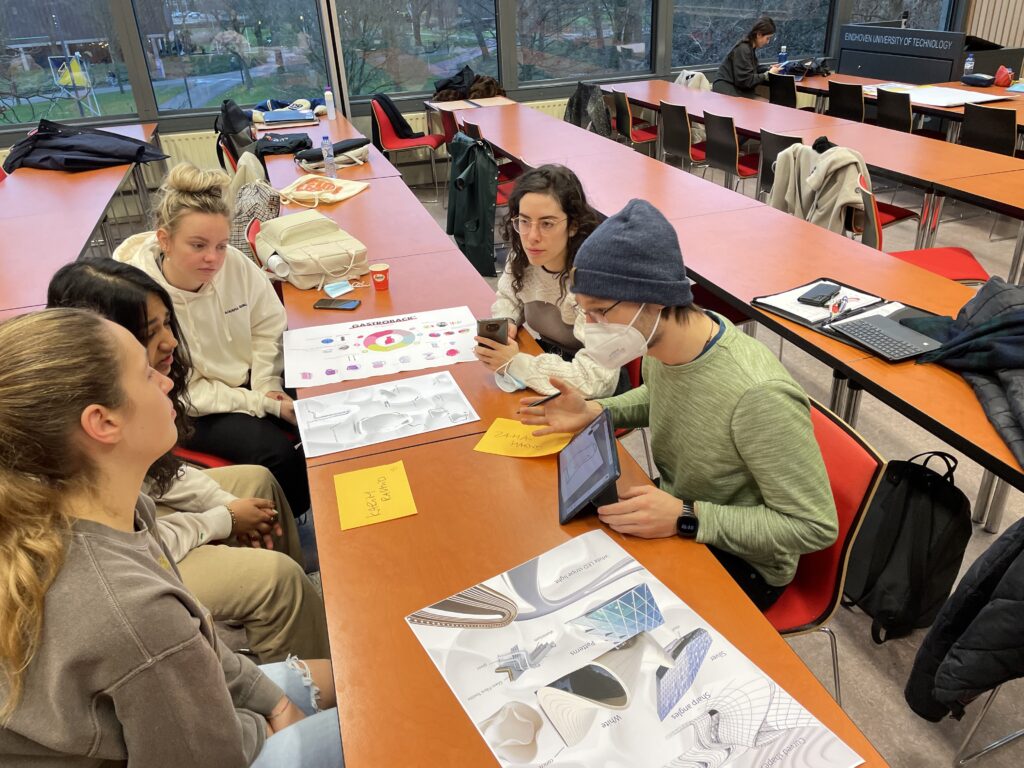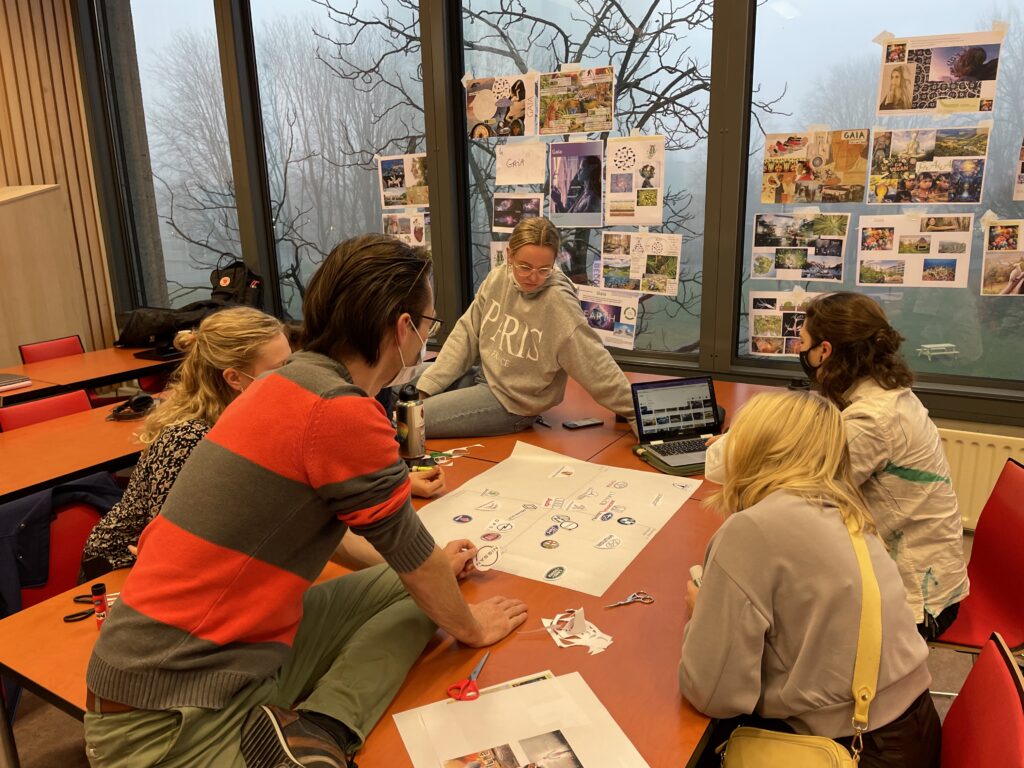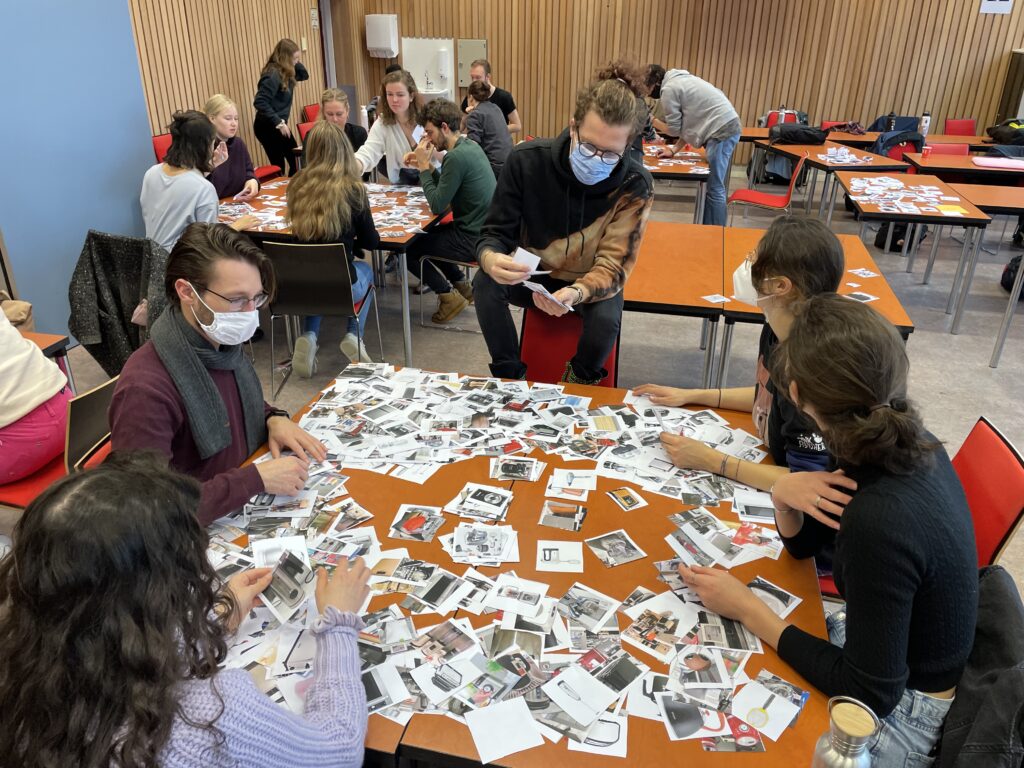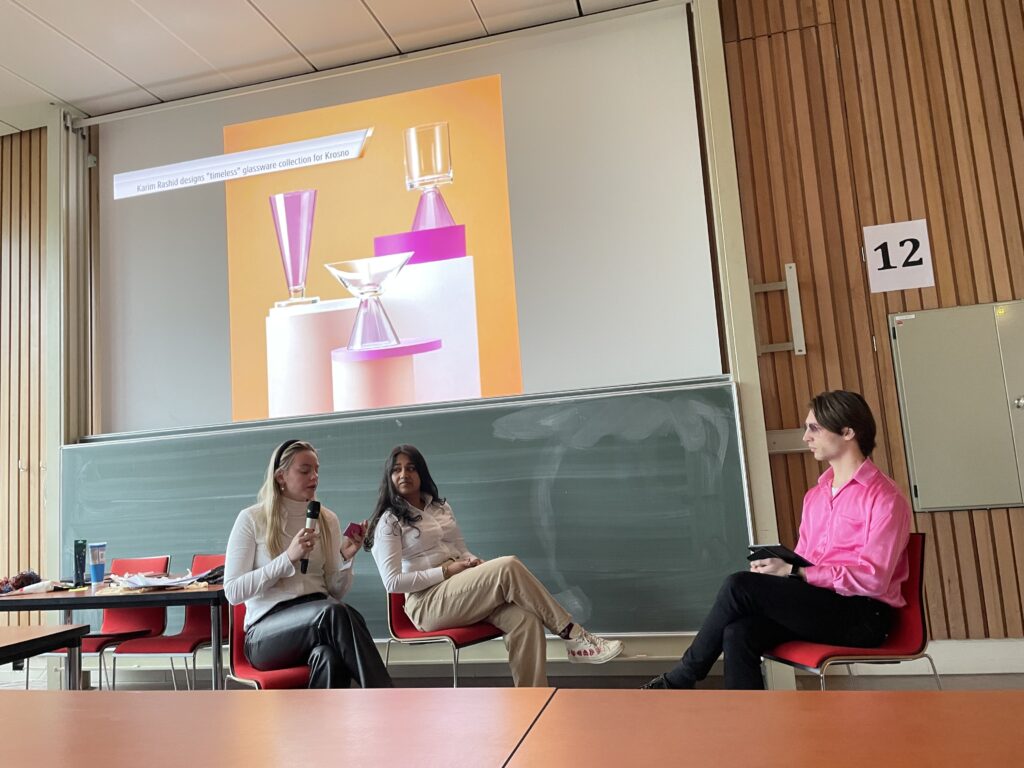Trends & Forecasting
The “Trends and Forecasting” course provided an in-depth exploration into the art and science of trendwatching and design management. As a component of my pre-master program, the course emphasized the importance of understanding both consumer and mega trends to drive strategic design thinking. My experience in this course was a stepping stone in refining my ability to anticipate changes in the design landscape, leveraging tools and methodologies to navigate these shifts effectively.
Key Learning Topics:
- What is a Trend?
A foundational exploration of trends, focusing on how societal shifts affect niche markets. We defined trends as “awareness of change,” which became a guiding concept throughout the course. - Mega Trends vs. Consumer Trends
We distinguished between broader, global movements (mega trends) and more focused, consumer-based trends. This helped sharpen my ability to identify how these layers interact within business strategy. - Design DNA & Designer DNA
Understanding how designers’ unique approaches (Designer DNA) and the foundational elements that drive brand evolution (Design DNA) can influence product development and corporate identity. - Storytelling as a Design Tool
The course highlighted the importance of storytelling in trend communication. Crafting narratives around design foresight became an essential part of our practical workshops, where we mapped out potential futures for industries and brands. - Field Research and Fair Visits
A standout feature was the experiential learning component, where we visited international design fairs and museums to observe real-world trends. This hands-on exposure helped solidify our theoretical knowledge and gave us tangible insights into current market dynamics. The assignments required us to document these experiences, creating a catalogue of visual and textual reflections. - Trends in Practice
We explored how companies apply trendwatching in real-world scenarios, learning to anticipate market gaps and the strategic implications of those trends.
Personal Reflection:
I entered the course with a curiosity about trendwatching, partly inspired by my work experience at VanBerlo. However, my understanding deepened significantly during the course. A key takeaway was that trends are not just about observing change, but about cultivating an awareness of those changes to inform strategic decision-making.
The workshops were invaluable, particularly the use of tools like the 360-degree card system, which helped us dissect and cluster trends into actionable insights. The course allowed me to experiment with various methodologies, pushing my ability to benchmark design strategies, especially from leading firms like IDEO and Google Ventures.
Additionally, the course underlined the importance of building and maintaining networks. It was a reminder that strategic foresight isn’t just an individual exercise but a collective movement within industries, something I plan to invest more time into by growing my own professional connections.
Course Outcome:
The course did not have a classical final deliverable but rather emphasized active participation, teamwork, and regular reflections. The final assessment was based on group presentations and an individual reflection on how the knowledge gained was applied in our design thinking.
Key Projects and Activities:
- International Fair Visit & Trend Observation
A full-day immersion into an international fair where we documented emerging trends, categorized them, and used them to anticipate future industry directions. - Workshops on Strategic Tools
We applied strategic tools to map trends and create narratives around their future impact on specific industries. - Team Presentations
As a team, we analyzed specific design trends and presented our findings, with a focus on understanding “Designer DNA” and how it impacts brand development.
What I Learned:
- Developing a trendspotting toolkit is essential for innovation across industries.
- Vocabulary and strategic communication around trends are as important as the trend insights themselves.
- Networking is vital; impactful design often results from collaborative efforts driven by shared awareness of future shifts.




